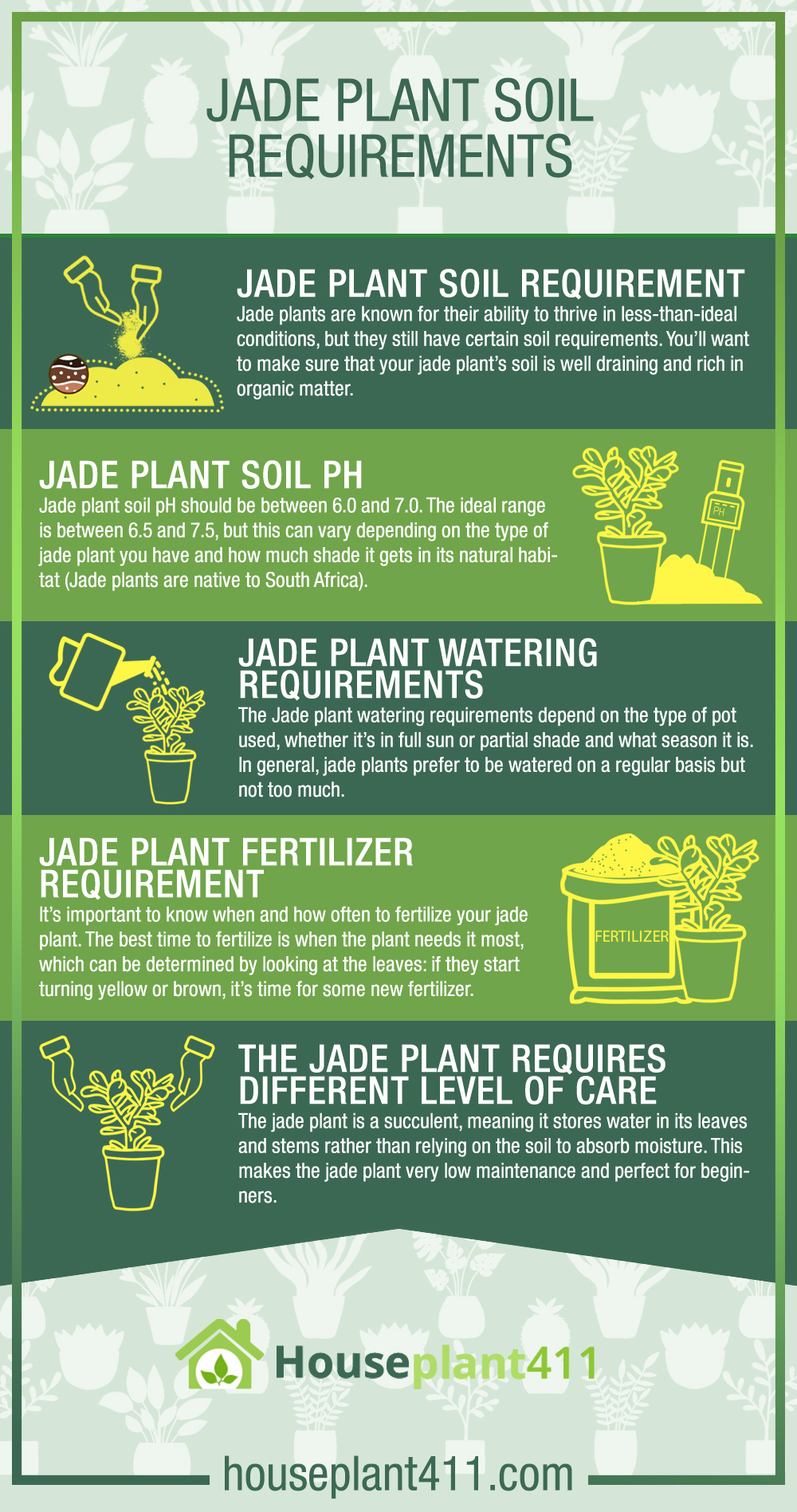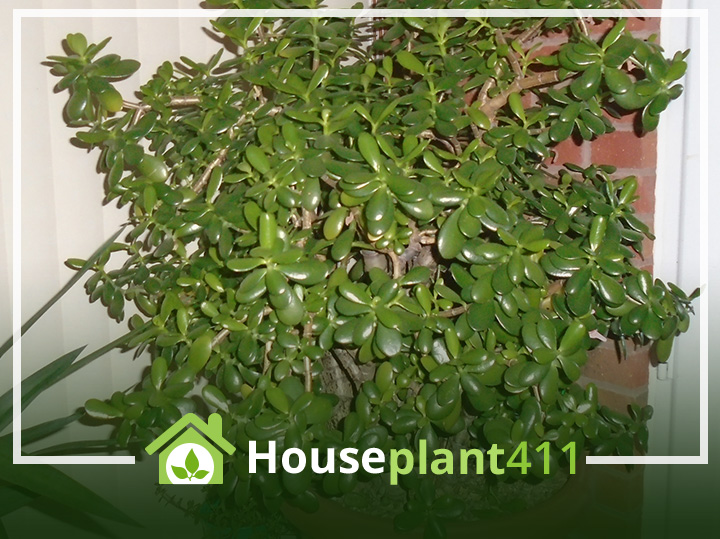The jade plant is one of the most popular indoor plants. It’s easy to grow and can tolerate low light and a range of temperatures, making it perfect for your home or office. If you love this beautiful succulent but aren’t sure how to care for it properly, read on!
In this article, we’ll cover everything you need to know about jade plant soil requirements—including how much water they need and what temperature their soil should be kept at so they thrive.
Jade Plant Soil Requirement
Jade plants are known for their ability to thrive in less-than-ideal conditions, but they still have certain soil requirements. You’ll want to make sure that your jade plant’s soil is well draining and rich in organic matter.
The best way to ensure this is by adding compost or other organic mulch. If you have heavy clay soil, consider adding sand as well–it will help improve drainage while also loosening up the ground around the roots of your plant so they can reach more oxygenated water sources below ground level.
Jade Plant Soil pH
Jade plant soil pH should be between 6.0 and 7.0. The ideal range is between 6.5 and 7.5, but this can vary depending on the type of jade plant you have and how much shade it gets in its natural habitat (Jade plants are native to South Africa).
If your jade plant’s leaves turn yellow or brown, it may be a sign that its soil is too acidic for it to thrive in. If this is the case, you’ll need to adjust your potting mix’s pH level by adding either lime or sulfur according to package instructions–just make sure not to add too much!
On the other hand, if your jade plant has been planted in an alkaline soil environment with a high pH level (above 8) then you might want to consider using an acidifying agent such as aluminum sulfate or sulfuric acid before repotting into fresh mix each year.
How to Prepare Soil for Jade Plant
Jade plants, also known as Crassula ovata, prefer well-draining soil that is rich in organic matter. Here are some steps to prepare the soil for a jade plant:
- Choose the right soil: Use a well-draining potting mix that is specifically designed for succulent plants.
- Add organic matter: Mix in some organic matter, such as compost or peat moss, to improve the soil’s fertility and water-holding capacity.
- Fill the pot: Fill the pot with the soil mixture, leaving about an inch of space at the top for watering.
- Plant the jade plant: Gently remove the jade plant from its original pot and loosen the roots. Place the plant in the center of the pot and add more soil mixture around it until the roots are covered. Pat the soil lightly to remove any air pockets.
- Water the plant: Water the jade plant thoroughly until water starts to drain out of the bottom of the pot. Allow the soil to dry out completely before watering again.
- Provide proper drainage: Ensure that the pot has proper drainage holes to allow excess water to escape. If the pot does not have drainage holes, add a layer of gravel or perlite to the bottom of the pot to improve drainage.
By following these steps, you can prepare soil that provides optimal growing conditions for your jade plant.
Jade Plant Watering Requirements
The Jade plant watering requirements depend on the type of pot used, whether it’s in full sun or partial shade and what season it is. In general, jade plants prefer to be watered on a regular basis but not too much. The best way to tell if your jade plant needs water is by looking at the soil: if it feels dry and crumbly, then give it some more H2O!
Jades grow well both indoors and out but keep in mind that they need different amounts of light depending on where you place them. A sunny window will do wonders for your indoor Jade, while an eastern exposure would be ideal for outdoor placement (assuming there isn’t any direct sunlight). If you live somewhere with cold winters like Canada or Alaska then bring those babies inside before frost hits!
Jade Plant Fertilizer Requirement
It’s important to know when and how often to fertilize your jade plant. The best time to fertilize is when the plant needs it most, which can be determined by looking at the leaves: if they start turning yellow or brown, it’s time for some new fertilizer.
Use a balanced fertilizer–one that contains nitrogen (N), phosphorus (P) and potassium (K). When choosing a fertilizer brand, look for one with an analysis of 10-20-10 or 20-20-20 on the label; this indicates that there are equal amounts of nitrogen and phosphorous in each pound of product.
The Jade Plant Requires Different Level of Care
The jade plant is a succulent, meaning it stores water in its leaves and stems rather than relying on the soil to absorb moisture. This makes the jade plant very low maintenance and perfect for beginners. However, if you want your succulents to grow well and stay healthy, they will need some special care.
Jade plants like bright light but not direct sunlight; they prefer indirect light from an east-facing window or north-facing glass doors (or even fluorescent light). If you don’t have these options available to you, place your jade plant near a bright lamp with no shade or filtration over it. Keep in mind that too much light can burn the leaves of this small houseplant so keep away from direct sunlight when possible!

Conclusion
The jade plant is a beautiful and easy-to-care-for plant. It requires different care than most indoor plants, but with proper watering and fertilizer, you can have a thriving jade plant in your home!

